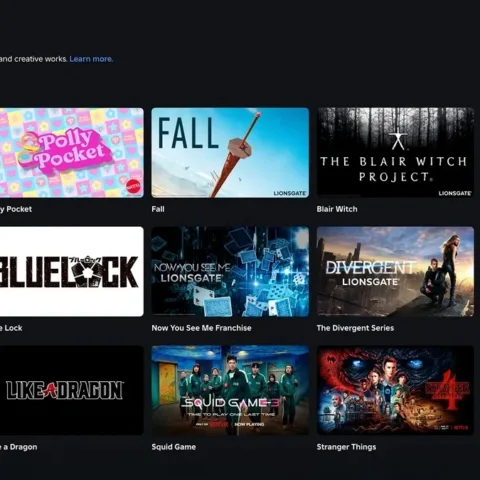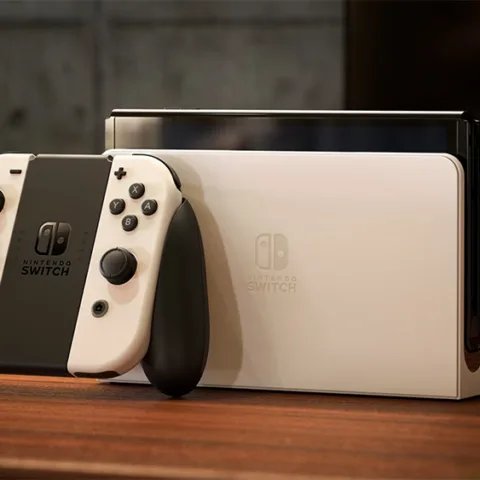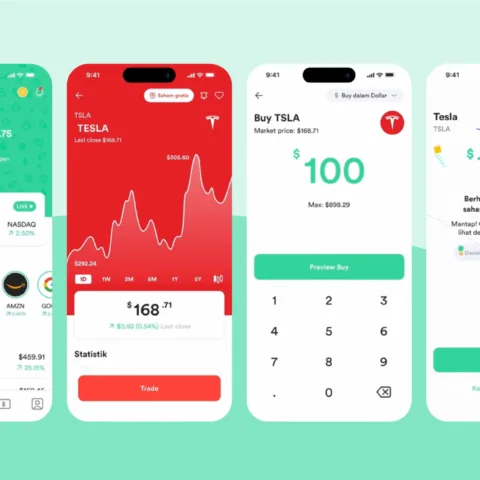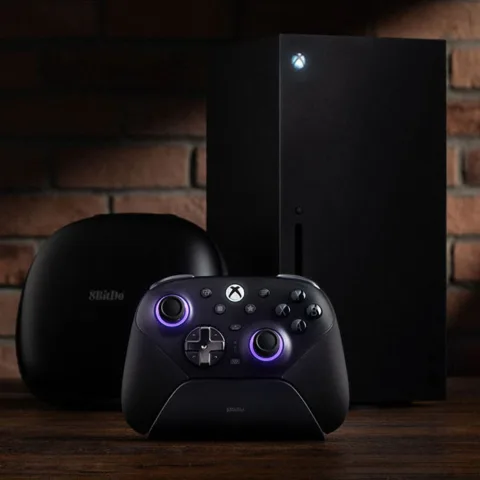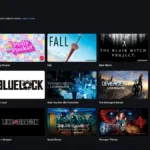There are definitely a lot of myths surrounding the gaming community and the activity as a whole, most of them being widely inaccurate and misleading. Unfortunately, many gamers often also fall victim to these assumptions, which is why I think it is important to air out and debunk all of these gaming or esports myths.
1. There Are Only a Few Female Gamers
One of the well-known myths surrounding the gaming community is that most females do not play video games. Indeed, the majority of the gamer population are males. The truth is, however, female gamers are not really that rare after all. According to data from Niko Partners, the number of female gamers in Asia in 2017 reached 346 million, comprising 32% of the total gamer population in the region. Two years later, in 2019, the population of female gamers rose to 500 million, which is now 38% of the gamer population in Asia. Another data from Statista shows that, in 2017, 46% of all gamers are women.
Even more surprisingly, Niko Partners have found that the growth of the female gamer population (14.8%) far exceeds the growth rate of gamers in general (7.8%). The approximate percentage of females in China’s gamer population is 45%. In Indonesia, this figure is marginally larger by 4%. However, the distribution of platforms where female gamers play is considerably skewed. Of the 500 million female gamers in Asia, 483 million (95%) mostly play on mobile, 201 million (40%) play on PC, and only 8.5 million (2%) play on consoles.
As the number of female gamers increases, their contribution to the gaming industry’s income also rises. In 2019, female gamers contributed 35% to the total gaming industry revenue. This figure has increased to 39% in the next year.
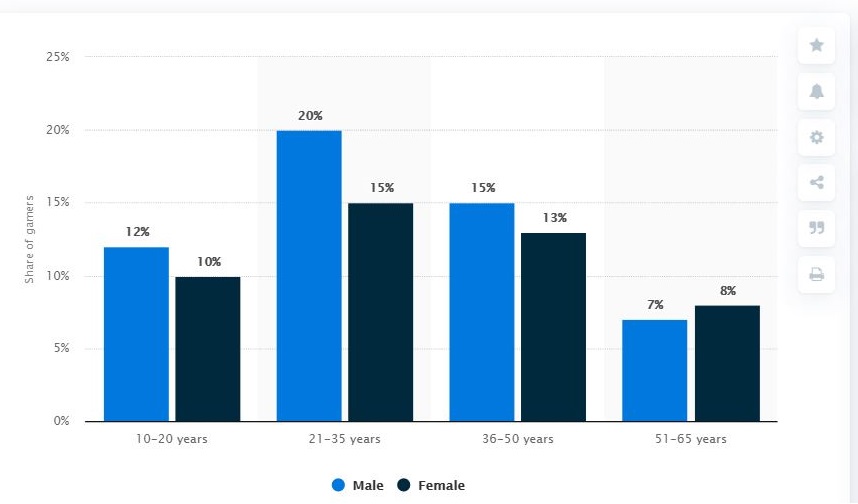
Recently, Sony also released a report which documents the details of its console sales. In the report, a significantly higher proportion of female gamers bought the Playstation 4 and 5 compared to the Playstation 1. During the PS1 era, only 18% of gamers who bought the console were females. However, during the PS4/5 era, this figure rose to an astounding 41%.
From the statistics above, we can clearly see that female gamers are not at all a rare species. Despite this fact, it can still be difficult to find and notice a female gamer in many of our games. According to recent research conducted by Reach3 Insights and Lenovo, 59% of female gamers hide their gender when playing online games. A report by GamesIndustry suggests that females do not show their gender to avoid the possibility of harassment. A respondent of the study even admitted that she goes so far as to only playing male characters in MMORPG games to maintain the anonymity of her gender. She explained that she does this to prevent receiving seductive, unwanted, and potentially sexually harassing messages.
2. Gamers Are Anti-Social
Gamers are also often seen by the public as loners who spend most of their time playing games and not caring about the outside world. Contrary to most beliefs, however, the emergence of online games has encouraged gamers to socialize with each other.
A 2016 study titled Motivations for Play in Online Games suggests three reasons why people play games. One of them is to establish relationships with other players. Given that humans are innately social creatures, it is not really surprising to see that we always try to connect with other people and be part of some like-minded group. Our natural attraction for socializing is the reason why online games — both cooperative and competitive games — are incredibly popular nowadays. In fact, in South Korea and China, playing games are considered a social activity. Before the unfortunate pandemic, Hybrid also held a gamers gathering event called Hybrid Dojo every two weeks. My friends and colleagues also frequently meet up to play PUBG Mobile together. Although some games can be enjoyed alone, most of us gamers do prefer playing games with other people.
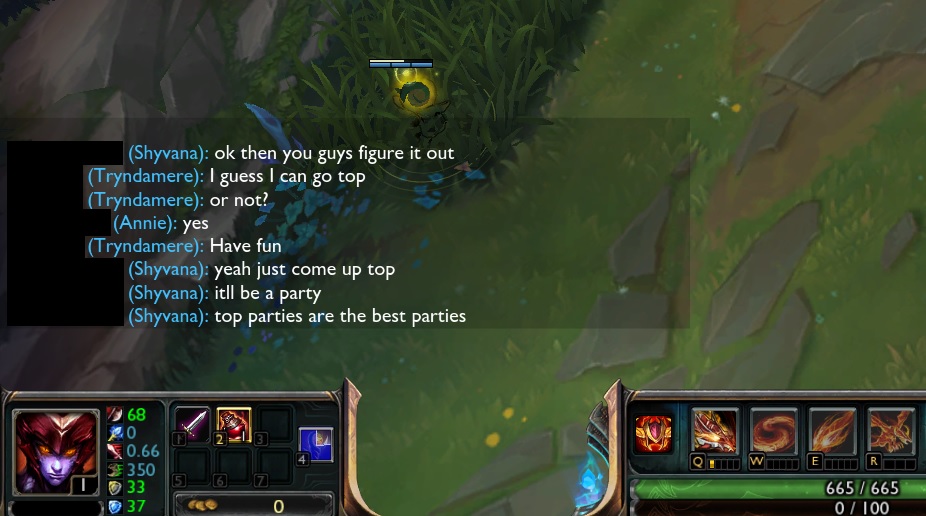
Furthermore, a study in The Journal of Computer-Mediated Communication, released in 2014, found that a majority of online gamers deeply care about the dynamic relationships in gaming and not only focus on the sole gameplay aspect itself.
“Gamers aren’t the antisocial basement-dwellers we see in pop culture stereotypes; they’re highly social people,” said Nick Taylor, lead author of the study The Journal of Computer-Mediated Communication, as quoted from CNET. “This won’t be a surprise to the gaming community, but it’s worth telling everyone else. Loners are the outliers in gaming, not the norm.”
3. You Can Get Addicted and Become Mentally Ill from Playing Games
Today’s society does have the tendency to over glorify and, to a certain extent, romanticize mental illness, especially after the release of the movie The Joker. People in the younger generation frequently self-diagnose themselves with depression, ADHD, or Bipolar Disorder despite not having any expertise in the field of psychology. Unfortunately, this trend also spills over to gaming.
Countless people claim that they or someone they knew is affected by gaming addiction. Furthermore, the World Health Organization (WHO) also officially recognized gaming disorder as a form of mental illness back in 2019.
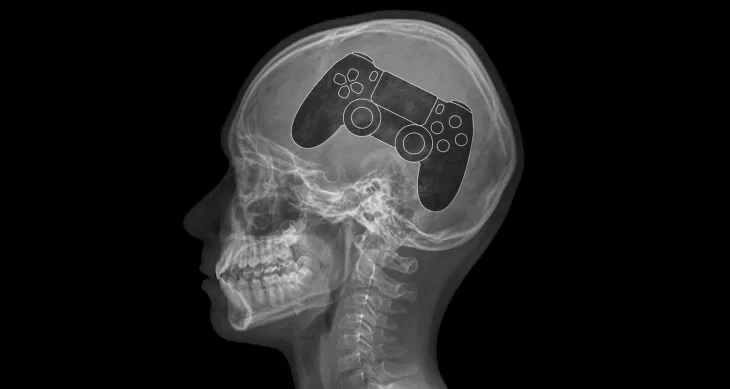
WHO also elaborated the characteristics or telltale signs of someone with a gaming disorder. The first characteristic is losing control over gaming habits. In other words, someone who has a gaming disorder will find it difficult to stop playing and limit his/her playing time. The second sign of people affected by the disorder is overly prioritizing gaming over obligatory life activities such as eating, studying, or working.
Someone with a “gaming disorder” will also continue to keep playing despite being cognizant of the harmful effects that the activity has had on their life. For instance, the person will not stop playing games even though their grades have significantly declined. If a person has the three characteristics above, which also persist for 12 months, then the person is officially declared affected by gaming disorder
4. Games and Esports Are the Exact Same Thing
Esports is a part of gaming, a really big part, in fact. However, both of them are not the same thing. Some games don’t even have an esports scene. By definition, esports are competitions or tournaments that are based on video games. According to Red Bull, esports exists when the best players of a particular game compete for a prize. Therefore, the primary element of esports is competitiveness. But, of course, not all games are meant to be competitive. Some games highlight the narrative or the story, while other games focus on cooperative features.
Another thing that distinguishes esports from gaming is the player’s goals. In esports, the pros obviously have the sole objective to win every single tournament and title. However, normal players like most of us play games for far more varying reasons. Some of us might play to experience interesting gameplay. There are also those who play for the lore or immersive worldbuilding. Others might also play for the sake of socializing with friends or like-minded individuals. However, one thing is for sure: gaming has the primary purpose of being a medium of entertainment, not competition.
5. All Professional Esports Players Have Massive Salaries
The salaries of star players who play in the Premier League are certainly different from the salaries of players that compete in English Football League Two. This same salary disparity also occurs in the esports world. Although there has been an overall increase in esports pros’ salaries, many players are still affected by unequal pay. For one, player’s salaries are usually determined by their skill and capabilities. Esports scenes of different games also offer a widely diverse range of player salaries. Obviously, more popular games with a much more successful esports scene will usually offer more prestigious payments towards pros.
The minimum salary of an Overwatch League (OWL) player is around $50,000 USD per year. On the other hand, the average annual salary of a North American League of Legends (LCS) league player can reach $300 thousand USD. In Indonesia, the salary of Mobile Legends Professional League (MPL) players is only around IDR 7 million. As you can see, the pro salary of different games are incredibly diverse.

OWL, LCS, and MPL are esports leagues with support from publishers. These publishers, therefore, determine the salary terms (such as minimum wage) of the pro players. However, not all game publishers support the esports scene of their games and explicitly define the payment terms of players. In this kind of situation, player salaries are even more uncertain. Let’s take the Valorant as an example. According to internal Hybrid.co.id sources, the range of salaries of Valorant players is relatively large. Some players receive salaries above the Jakarta Regional Minimum Wage (UMR), some have salaries around the Jakarta UMR, while other, less fortunate, players are paid below the minimum wage. Pros of unpopular games can even have salaries as low as only hundreds of thousands of rupiah.
6. Pro Players Spend All of Their Time Playing
Esports pros are comparable to conventional sports athletes. Both of them have the sole objective to improve themselves and hone their skills to be able to win. Therefore, most of us expect the esports pros to spend hours and hours every day practicing and playing. The truth is, however, esports pros don’t only use their time for playing games. They also need to engage in other activities such as reviewing VODs, strategies, and even physical exercise.
If you didn't take a mirror selfie did you even actually go to the gym? pic.twitter.com/JtW5SyDTRn
— FaZe Banks (@Banks) October 8, 2015
Liyu “Cody” Sun, a League of Legends player, mentions that adequate sleep, a healthy mindset, and a balanced social life are important aspects to maintain as an esports athlete. According to him, solely focusing on practice or playing is not an effective method to improve as a player.
“I do think that the most, or the best players in our industry are the ones that are able to find the best schedule for themselves, and, you know, be as efficient as they can with their lifestyle — practicing as well as exercising and eating well and having a decent social life,” Sun said in an interview from Intel.
According to Spectatorph, professional esports players usually spend about an hour of physical exercise every day. They will spend another hour on VOD reviews and up to 9 hours of practice, either alone or with the team.
Furthermore, the CEO of RRQ, Andrian Pauline also mentioned that the daily routine of pro players is not only playing or practicing. They also have to frequently review the team’s playstyle and even try to get insights into their opponent’s strategy. AP mentions that the proportion of non-gaming activities depends on the situation and needs of the team. “Sometimes the team may require the players to practice for the whole day. In other times, players can spend 20% or 50% of their time doing other activities,” he said when contacted by Hybrid. These proportions and schedules are often determined by the team coach.
7. Esports Fans Are Only Comprised of Males
The majority of esports viewers are, obviously, gamers. Unlike conventional sports, games in esports can be quite difficult to understand. And, of course, most of us will only enjoy esports content if we understand the game that is being broadcasted. Therefore, along with the increasing number of female gamers, it is not surprising to see that the female demography of esports viewers also increases.
According to data from Statista, around 22% of the esports audience around the world are females. The percentage of female esports viewers also differs from country to country. In the US, only 17% of esports fans are females. This figure is much larger in the UK (with 25%), China (with 30%), and South Korea (with 32%).

Data from Interpret shows that the number of female esports viewers in the fourth quarter of 2018 was 30.4%, Two years ago, however, this figure was only around 23.9%. Tia Christianson, Vice President of Interpret for Europe mentioned that this 6.5% increase was a significant milestone. She thinks that this is a step towards the right direction of gender equality in the esports community.
Conclusion
Humans have the tendency to fear new trends and also pretend to always be knowledgeable in many circumstances. As a result, our society has developed countless false assumptions, narratives, and harmful stigmas toward gaming and esports. For instance, in 1988-1992, many are concerned that that table-top RPG (TTRPG) games, such as Dungeons and Dragons, were promoting satanism, pornography, and even murder. Therefore, it is imperative that we always fact-check the ideas that we receive to get an accurate representation of the truth. I hope that this article has cleared up several popular gaming myths and helped you to be a more mindful individual.
Featured Image: South Park. Translated by: Ananto Joyoadikusumo.



